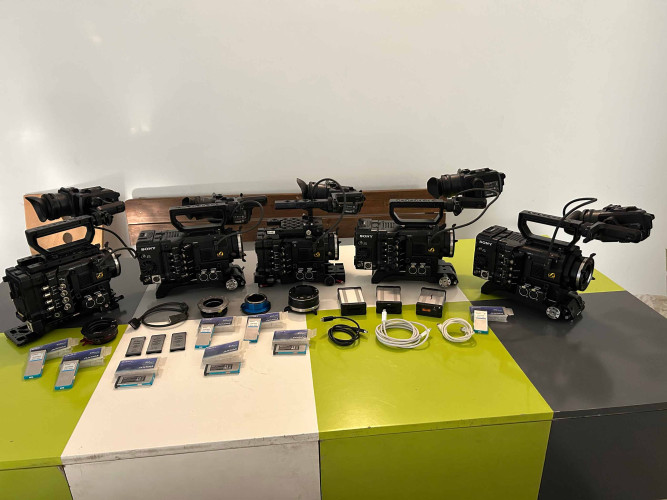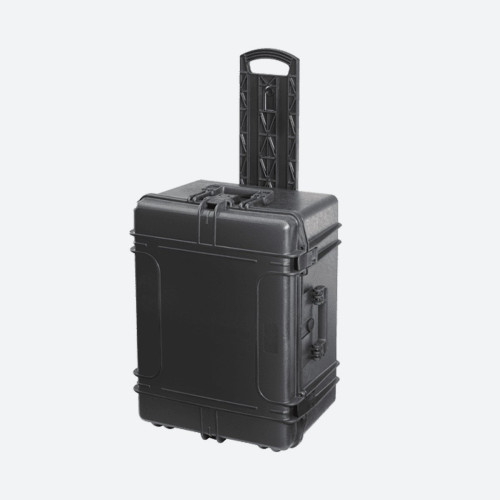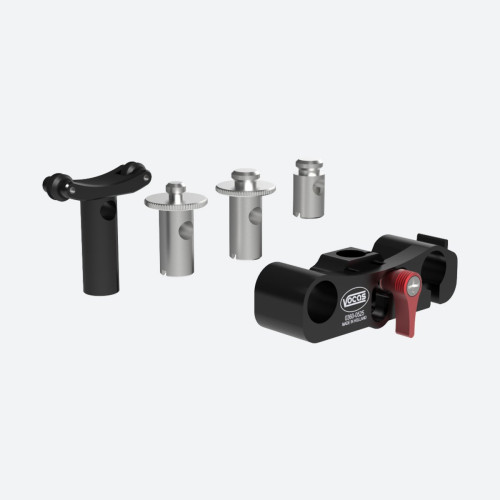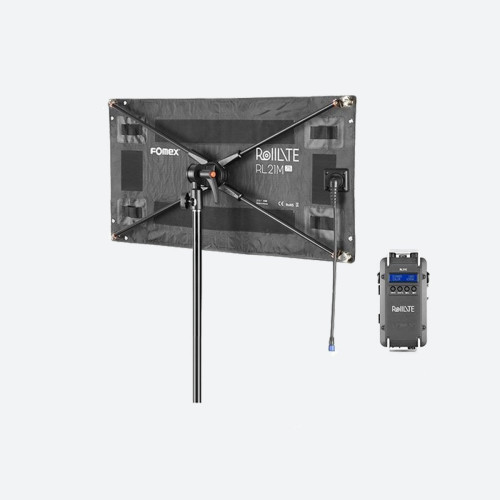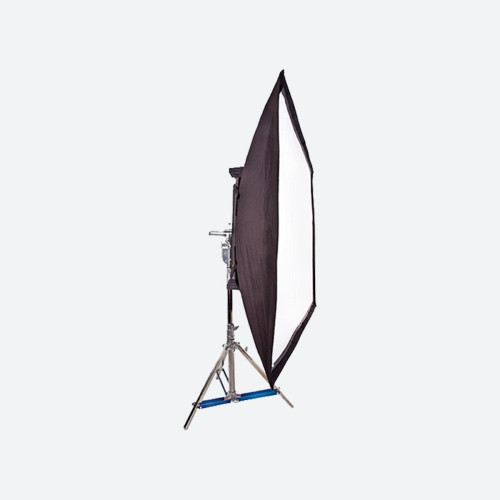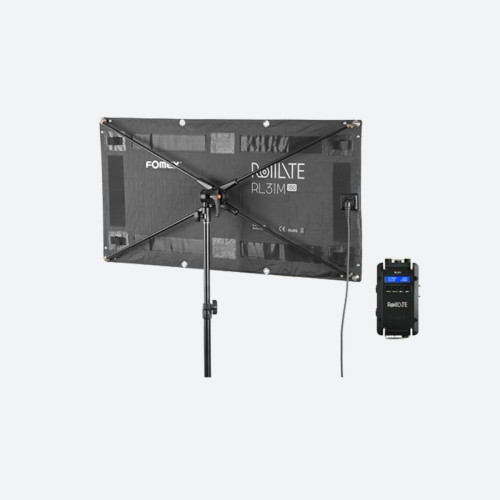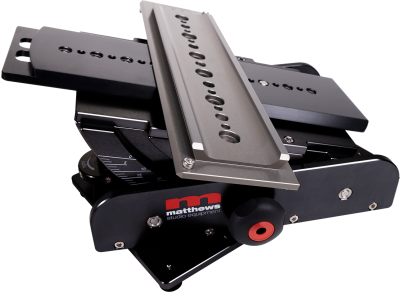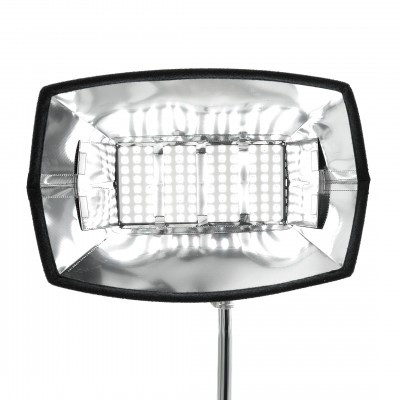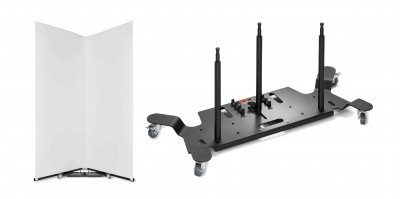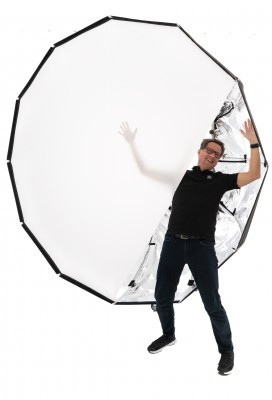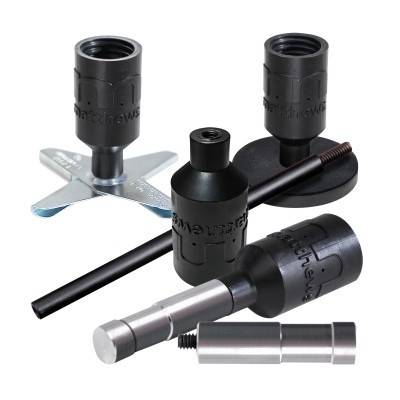by Neil Hutchins Issue 89 - May 2014
Monday 24th March was a notable date in the roll-out of Local TV across the UK, as it saw the successful launch of the second of the new channels. Mustard TV, based in Norwich and named in recognition of an historic connection with the local Colman family, followed Estuary TV as a new broadcaster on Freeview Channel 8. Transmitting from the Tacolneston tower and available to around 162,000 homes, Mustard now provides four and a half hours of local output every weekday evening.
Mustard, as part of the Archant publishing group, is located in the offices of the Eastern Daily Press and Norwich Evening News. Existing areas of the building were adapted to provide new broadcast facilities, including newsroom, studio, gallery, green room, make-up and technical areas. The newspaper operation shares some of its journalism resources with Mustard, which provides a strong foundation for their new television news production.
News, sport and current affairs programming form the backbone of the schedule. A 15 minute news bulletin, including sports and weather, is broadcast live each day at 17:30 and then repeated during the evening. A magazine programme - The Mustard Show - is pre-recorded in three parts, approximately 30 minutes in total, and then uploaded to Comux for playout from their Network Operations Centre. A number of sports programmes, including Three Up Front, which focuses on Norwich City FC, are also produced each week, along with other documentary and local-interest material.
Mustards technical infrastructure was designed around a Tricaster 8000. A green chromakey studio, with soft sofa position for sports and magazine show presenters and a desk for the news presenter, is equipped with three studio cameras one with an Autocue on-camera unit and two smaller PTZ units. There are several edit workstations, using a mixture of Final Cut Pro and Premiere Pro software, and an EditShare storage network for the shared content.
During the weeks leading up to their on-air date, Mustard faced a number of technical challenges in finalising a complete and effective workflow. Without a newsroom system it was proving time-consuming and inefficient to transfer individual scripts to the prompter and difficult to obtain accurate timing for the live and pre-recorded shows, which had to fit slots of pre-defined lengths. Without any automation, caption preparation was difficult in the short periods available between different production teams using the gallery. Access to recorded content, and play out of new material (e.g. breaking news), was awkward because items could not be copied on to or off of the Tricaster during live operation. Transcoding to the particular format required for upload to Comux was difficult, because although an edit suite could be used for conversion, the process took a relatively long time and prevented the edit suite from being used for other purposes whilst underway. Similar issues relating to accessing, converting and uploading content also affected the web-based catch-up service. After reviewing these separate challenges, aQ Broadcast was able to offer solutions for each one, by installing, configuring and, in some areas, developing two systems: the QNews newsroom computer (NRCS) software and AVS video server hardware.
QNews provided a single point of integration to the prompter, immediately removing the need to transfer multiple individual files manually. It also provided full rundown management facilities, allowing programs to be planned and produced with the benefit of extensive timing information. Caption transfer was addressed by extending the existing QNews export capabilities to allow the CG templates required for a particular program to be loaded and populated automatically within the Tricaster GFX bin. This interface communicates directly with the Tricaster and does not require third-party MOS components to operate. The QNews and caption automation utilised existing functionality and only involved configuration, not special development, in order to resolve the technical challenges. By contrast, other elements missing from the workflow were addressed by introducing the AVS into the technical infrastructure and then carrying out appropriate development work.
The architecture of the AVS has been designed to allow content to be transferred in to and out of its media volume while it is running, making it ideal for providing network access to media files which have just been recorded and for immediate playback of content which has just been generated or acquired from elsewhere. By connecting the AVS to the Tricaster, it became possible to record the Tricaster output onto the AVS and have that content available immediately across the network, and also to copy content onto the AVS and then play it back immediately through the Tricaster.
Five stages of development work were carried out within the AVS firmware in order to meet Mustards particular needs. New watch-folder handling was added, to allow clips to be dropped into a folder, accessible across the network, for automatic conversion to the specific MXF OP1a wrapped IMX-30 format required by Comux. The AVSs existing FTP handling was extended to allow it to actively upload clips to a specified location. This was supplemented with a new agent process a small application that would run on the Comux upload machine and act as a receiver for files being transferred from the AVS. This meant that it became possible to send a file directly from the AVS to Comux as an automatic process. The AVS user interface was extended to allow the operator to trigger the transcode and transfer process from a single command. Further changes provided more detailed information about the duration of the marked portion of the current clip, which was important for Mustards operation, as it was vital that the duration of a clip exactly matched the slot that had been created for it. Operation was improved further by the addition of a hardware button box, making it very easy for anyone in the gallery to manage the overall process. The final stage of development was to provide functionality to upload content to the remote system providing the web catch-up service. This involved the configuration of a new long-GOP encode profile and the addition of a new GUI command to enable a single Send to Web operation.
At the point that aQ Broadcast became involved in the Mustard TV launch, the programming aspects of the new channel had been finalized but challenges remained in the technical workflow it was clear what needed to be done for each day of production, but not clear exactly how it could be achieved. Through effective collaboration, configuration of existing functionality to meet some requirements and development of new functionality to address others, along with sympathetic integration with the infrastructure already in place, each of the technical challenges were progressively overcome. The on-air day went successfully and operation has continued smoothly ever since.




